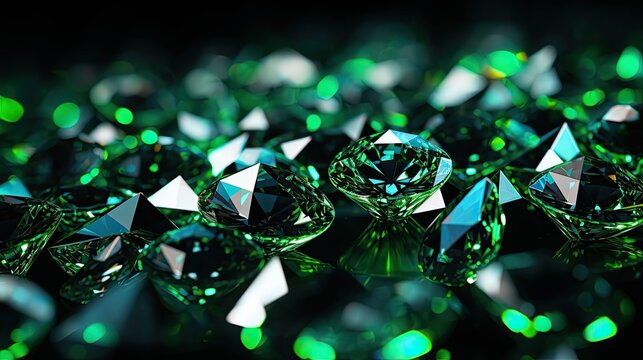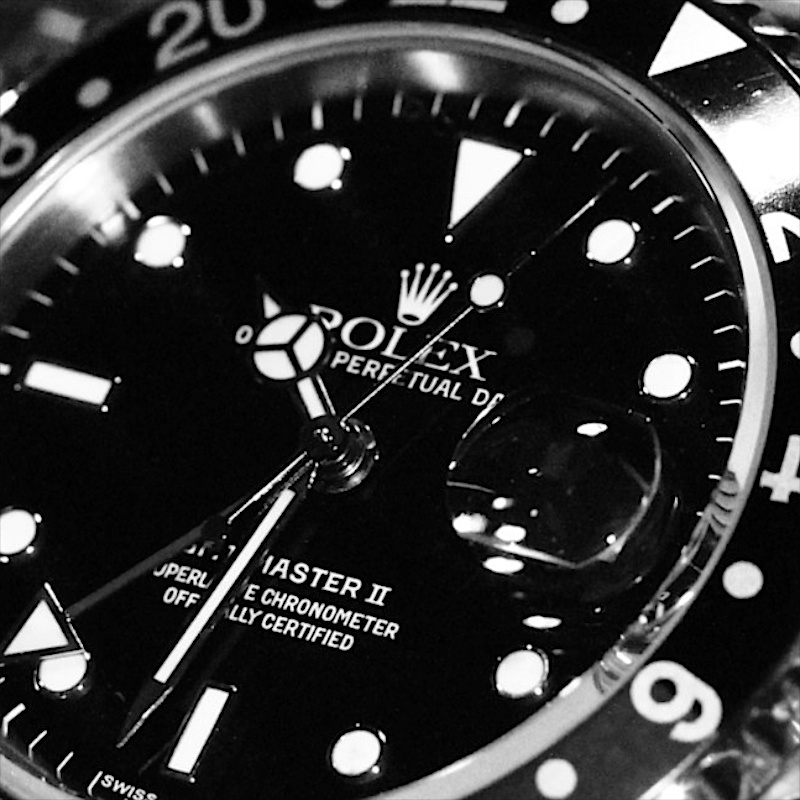Yellow gold rings have been cherished for centuries, representing timeless beauty, elegance, and tradition. While trends in jewelry come and go, yellow gold maintains its classic appeal, remaining a favorite for engagement rings, wedding bands, and everyday statement pieces. In this comprehensive guide, we’ll explore the history, characteristics, benefits, care tips, and why yellow gold continues to stand out in the world of fine jewelry.
Table of Contents
A Brief History of Yellow Gold
Yellow gold is one of the earliest metals used by civilizations for adornment and trade. Ancient Egyptians, Greeks, and Romans wore gold jewelry as a symbol of wealth, power, and divine favor. Due to its naturally lustrous and rich color, yellow gold was revered and reserved for royalty and sacred purposes.
In the modern era, yellow gold became especially popular during the Victorian and Edwardian periods and saw a major revival during the 1980s and 1990s. Today, as vintage-inspired jewelry gains popularity, yellow gold has once again surged to the forefront of fashion and bridal jewelry.
What Makes Yellow Gold Unique?
Yellow gold is the purest color of all gold alloys and the only naturally occurring form. However, pure gold (24 karats) is too soft for everyday wear. For durability, it is commonly alloyed with other metals like copper and silver. This results in 18K (75% gold), 14K (58.3% gold), or 10K (41.7% gold) yellow gold rings.
Key Features:
-
Color: Warm, rich yellow tone that suits a wide range of skin tones.
-
Composition: Mix of pure gold with copper and silver to enhance strength.
-
Karat Options: Available in 24K (pure gold), 22K, 18K, 14K, and 10K.
Why Choose a Yellow Gold Ring?
1. Timeless Aesthetic
Yellow gold offers a classic look that never goes out of style. Whether it’s a minimalist wedding band or an ornate vintage-inspired engagement ring, its golden hue adds a sense of elegance and tradition.
2. Warm Complement to Gemstones
Yellow gold pairs beautifully with a variety of gemstones, especially warm-toned stones like rubies, citrines, garnets, and even traditional diamonds. The contrast can enhance the brilliance and color of the center stone.
3. Ideal for All Skin Tones
One of the reasons yellow gold remains universally popular is its flattering nature. Its warm tones beautifully complement both fair and darker complexions.
4. High Resale Value
Being a classic precious metal, lab grown diamonds, yellow gold holds value over time. Higher karat gold, in particular, retains more of its intrinsic value due to higher gold content.
5. Hypoallergenic in Higher Karats
18K and 22K yellow gold are generally safe for those with sensitive skin, as they contain less nickel compared to white gold or lower karat options.
Yellow Gold in Engagement and Wedding Rings
For those seeking a traditional look with a touch of luxury, yellow gold is a perfect choice. Many couples are returning to yellow gold for engagement and wedding rings because of its vintage charm and durability. It also pairs well with antique diamond cuts like the cushion, rose, or old European cut, making it ideal for heirloom-style pieces.
Popular Styles Include:
-
Solitaire Yellow Gold Engagement Rings
-
Vintage-Inspired Designs with Milgrain Detailing
-
Twisted or Braided Bands
-
Halo Settings with Yellow Gold Prongs
-
Stackable Yellow Gold Wedding Bands
How to Care for Yellow Gold Rings
Yellow gold is relatively low maintenance but still requires periodic care to preserve its shine and shape.
Cleaning Tips:
-
Soak the ring in warm water with mild dish soap.
-
Use a soft-bristled toothbrush to gently clean dirt from crevices.
-
Rinse thoroughly and dry with a soft cloth.
Maintenance Advice:
-
Avoid harsh chemicals like chlorine, bleach, or cleaning agents.
-
Store in a fabric-lined box or jewelry pouch to prevent scratching.
-
Consider professional polishing every few years to restore luster.
Yellow Gold vs. White Gold vs. Rose Gold
When selecting a gold ring, many buyers compare yellow gold to its counterparts:
| Feature | Yellow Gold | White Gold | Rose Gold |
|---|---|---|---|
| Color | Rich golden hue | Silvery-white | Pinkish or reddish |
| Alloyed With | Copper, silver | Nickel, palladium | Copper |
| Style | Classic, vintage | Modern, sleek | Romantic, unique |
| Care Needs | Occasional polishing | Rhodium re-plating | Minimal |
| Popularity | Timeless choice | Popular in modern rings | Trendy and vintage |
Each gold color has its own personality and appeal, but yellow gold remains the most traditional and enduring.
Is Yellow Gold Right for You?
If you’re drawn to classic elegance, warm tones, or vintage charm, yellow gold might be your perfect match. It works beautifully with almost all types of gemstones and ring settings. It also complements family heirlooms or antique-inspired designs for those who appreciate history and heritage.
However, consider your lifestyle. If your hands are often exposed to heavy work or harsh chemicals, opt for 14K yellow gold for added durability over 18K or 22K.
Trending Yellow Gold Ring Designs
As fashion cycles return to retro and vintage aesthetics, designers are creating bold and unique yellow gold rings. Some current trends include:
- Chunky gold rings with bezel-set diamonds
- Minimalist bands with matte finishes
- Organic-shaped and free-form designs
- Layered yellow gold rings for stacking
- Mixed metal rings combining yellow and white or rose gold
Final Thoughts
Yellow gold rings are more than just a piece of jewelry—they’re a symbol of enduring love, timeless beauty, and personal style. Whether you’re investing in a yellow gold engagement ring, wedding band, or a statement accessory, you’re choosing a material with rich history and lasting value.
With proper care, a yellow gold ring can last a lifetime and even be passed down through generations. Its classic yet versatile nature ensures it will never go out of fashion, making it a wise and meaningful investment in any jewelry collection.




